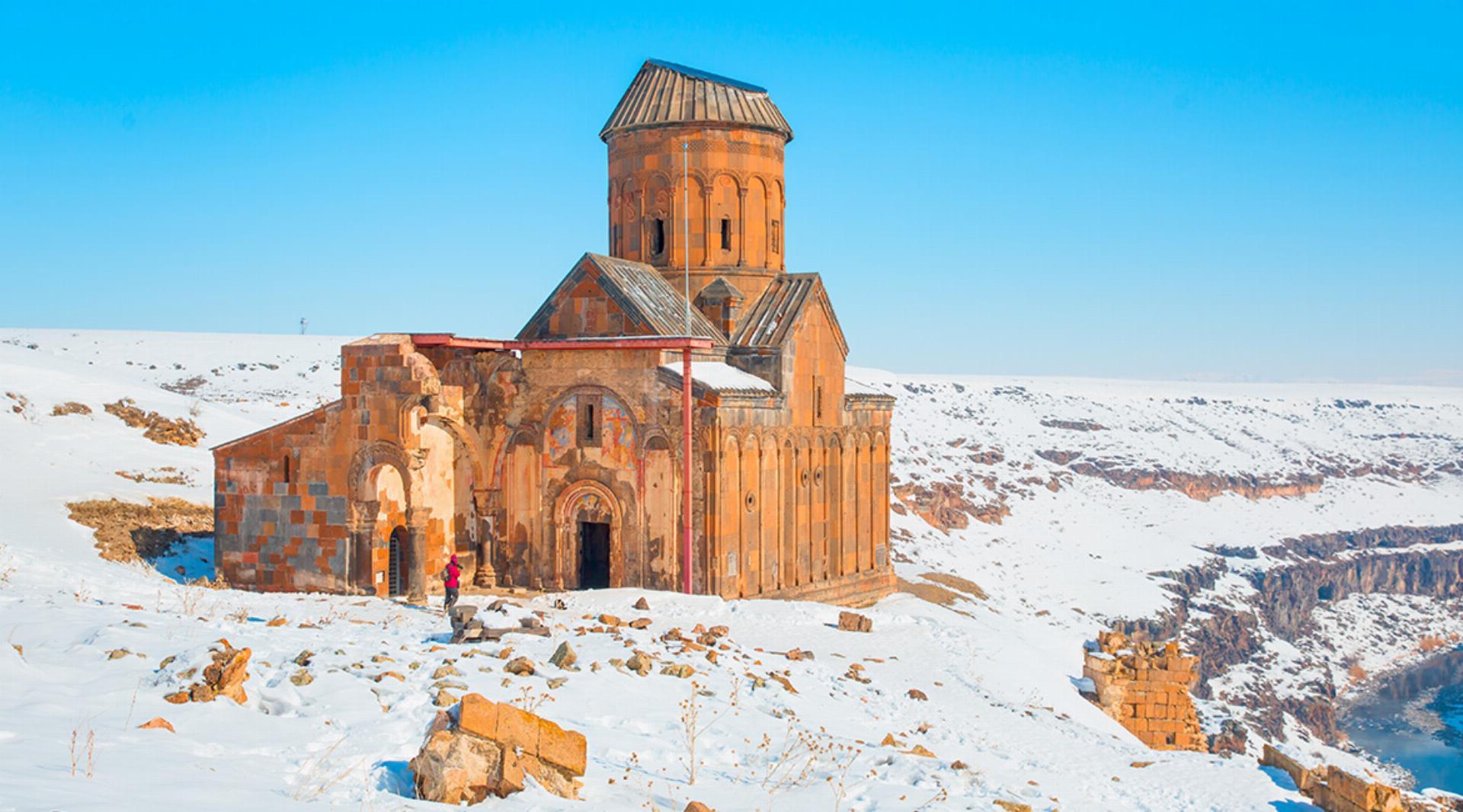Lying on a secluded plateau in the Turkish Province of Kars, Ani is home to military, religious as well as residential buildings and fortifications which trail back hundreds of years. These structures reflect the characteristics of the medieval urbanism that was formed within centuries by Christians and Muslims. It grew into a magnificent capital of the Bagradit Armenian Kingdom in the 10th and 11th centuries with a population over one hundred thousand and gained economic power by controlling one branch of the Silk Road.
Even after coming under the sovereignty of Byzantines, Seljuks, and Georgians, it kept playing a vital role as a significant crossroads for merchants. However, the city started to go into decline after the Mongol invasion and a destructive earthquake that occurred in 1319. Through the technically and artistically advanced structures of the region built between the 7th and 13th centuries, this archaeological site provides the modern-day archaeologists with valuable information that unveil the evolution of medieval architecture.




